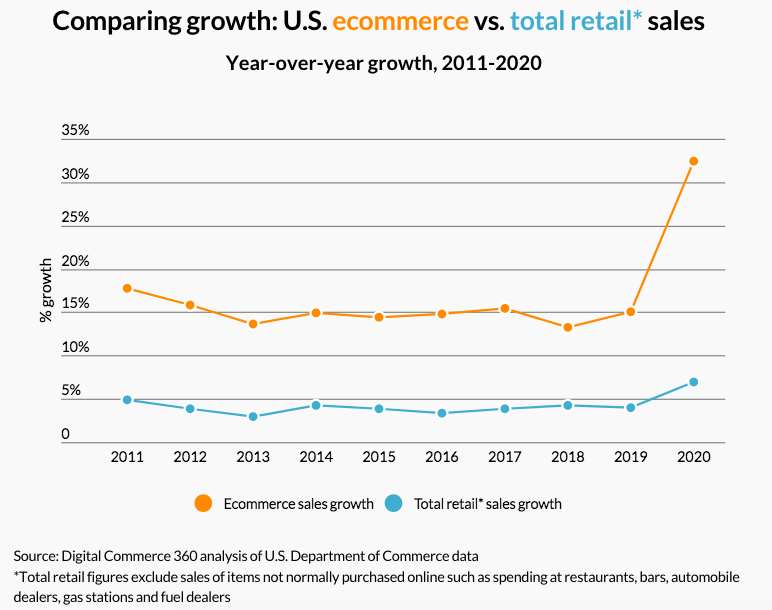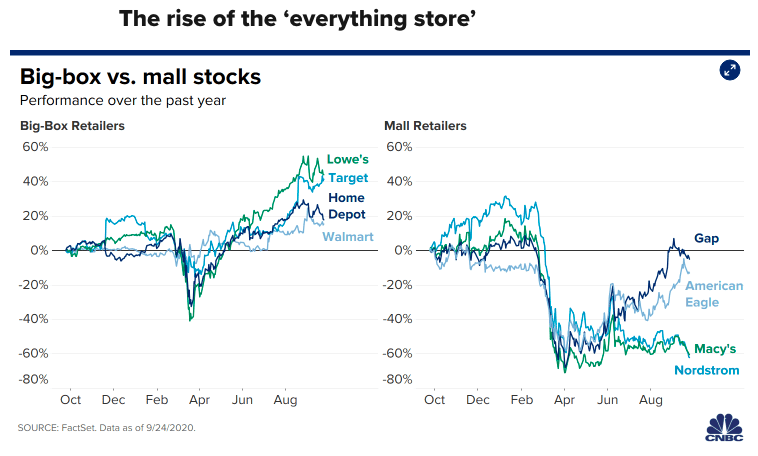With our last installment in the 2021 World of Work Predictions blog series, we will focus on workforce issues and developments.
As we noted in the first blog in this series, job losses associated with the pandemic were extreme. We’re seeing some of those jobs coming back, but many jobs may never return, so the people previously in those jobs will need support and possibly be retrained into other careers.
The effects of the pandemic have created a resurgence of interest in the topic of vulnerable jobs in the workforce. While job vulnerability is often more focused on the impact of artificial intelligence and automation, during the pandemic, we saw that many of the jobs that were eliminated (and may not return) were from these vulnerable jobs categories. 43% of organizations have gone on record that they will reduce their workforce and replace them with automation or AI solutions. Even more pointedly, a McKinsey report surveyed 800 C-level executives across 9 major countries and found that 85% have accelerated digitization and 67% have accelerated automation and artificial intelligence as a result of the COVID-19 pandemic.
One of the emerging challenges identified by this research from McKinsey is about who is most likely to be heavily affected by work automation. The Brookings Institute has created a tool that shows how different parts of the country–at the state and city-level–may be affected by job vulnerability. This data is being recognized as a serious issue by state governments. For instance, Colorado reported in its 2020 Talent Pipeline Report that the state is the 8th most vulnerable in the U.S. with 21.4% of jobs in the state classified as vulnerable. However, that doesn’t even present a complete picture of the scope of the challenge. Those with lower education, younger people, older people and people of color are at the highest risk of being in highly automatable jobs. Essentially, data related to job vulnerability points to the automation of jobs existing on a continuum based on the number of tasks a worker might do and how many tasks might be automated.
The following image-table shows this concept. For example, jobs with 50-100% automatability may face some degree of transformation of their jobs or face job reduction or elimination. Jobs from 0-50% automatability may meet some or no changes to their positions in the form of new AI-based tools or some job transformation. PAIRIN is currently conducting research related to this topic which is expected to be released by Q3 2021.

Whereas there are going to be some sectors of the workforce that will face a number of challenges from automation and AI, there are several sectors, such as healthcare, STEM, creatives and arts management, and business services that will likely see a great deal of growth in existing jobs and jobs that haven’t been conceived of yet.
There are specific industries that face some challenges related to the pandemic and the recovery that we’re currently experiencing. One of those is healthcare. Even before the pandemic, Healthcare was faced with a serious challenge due to the number of older healthcare workers that were retiring and going into the patient pool, as this was drastically outpacing new healthcare workers. That challenge has only become worse with projected shortfalls for physicians growing to between 54,100 and 139,000 by 2033. Additionally, many healthcare workers who were not working on the COVID pandemic faced the same kinds of job losses as other industries when non-critical and elective procedures declined or were put on pause entirely. However, those jobs are likely to return, because the procedures and care people need were put on hold, but not eliminated. In addition, there are several healthcare workers who worked the frontlines of the COVID-19 pandemic that are facing severe burnout and symptoms of post-traumatic stress disorder (PTSD).
However, there are positive developments to come from what we’ve experienced. Telemedicine–much like remote work–which gained traction during the pandemic will continue to be part of the healthcare industry. While office visits to the doctor will likely increase, the convenience of telemedicine visits for both doctors and patients will keep them a part of the industry. Additionally, the experience of the pandemic has forced healthcare executives to adapt and improve the industry, creating positive change for workers that are returning and expanding their options for remote work where possible.

However, remote work and virtual options have not been and likely will not be prosperous for a number of industries, such as those that engage in retail sales. Ecommerce was growing even before the pandemic struck, and now a year later, it is a driving force pushing profits up 32.4% in 2020. Thus, we can likely expect that ecommerce will continue to grow even as COVID-19 fears go down.
An examination of the trend for retail sales points to serious challenges for brick-and-mortar shopping, causing retailers to close lower-performing outlets. Another interesting development from the pandemic has been shopping tendencies that are influencing retailers to consider big box stores versus mall retailers. Through the pandemic, when people needed to shop, they felt more comfortable in big box, “one stop shopping” stores, leading to a clear difference in business performance. Many of these large mall retailer brands may survive the pandemic, but the malls may not as ecommerce takes over larger and larger portions of the industry.

Another industry that is seeing some drastic changes coming out of the COVID-19 pandemic is Tech and IT. There are now more demands for skilled tech employees and it is easier for individuals to switch jobs in this industry because of the ability for most roles to be performed remotely. As a result, there’s been a rise in companies poaching employees in the tech space. It’s a bit of a headache for organizations, but it’s a boon for tech employees with the right skills. One of those headaches comes in the form of potential data breaches. Forrester outlines a prediction that the current causes of data breaches due to insider incidents will increase from 25% to 33% due to a number of factors including employee job insecurity and the ease of moving stolen company data. Thus, more IT jobs dealing with internal cybersecurity are a likely outgrowth of these changes. So, retraining current IT workers and new IT workers in new technologies is going to be critical.
So, It’s pretty apparent that we’re never going to return to what the world was like before COVID-19 struck, but we’re likely coming back better than before. We’ll probably need to do a lot of job restructuring, job creation and retraining of employees, but many companies are already taking steps in that direction. Also, remote work is here to stay. Many of us who have been working remotely will probably go back into the office at least part-time, but we’ve seen that remote work is more than just possible, but is now a viable option for a lot of employees. The world of education is going to remain a bit challenging until the virus is completely under control, but it’s looking very positive. Post-secondary and K12 institutions have learned a lot from the pandemic and changes are being made to improve education as a whole for the future. And as we’ve seen from this blog, there are many changes in business including an expanding tech and IT sector, changes in healthcare such as telemedicine continuing, and a need to consider how to address the automation of the American workforce. But, we are coming back. We may be wearing masks for a while longer while we get our vaccinations, but we can be assured that the world of work is much brighter than it was at this time last year.
